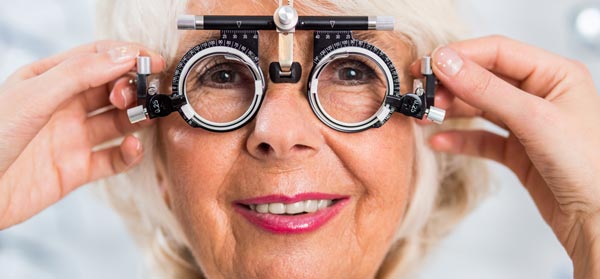Glaucoma causes progressive and permanent vision loss, but the slow decline of sight usually means that it goes undetected until it’s too late.
Glaucoma presents itself in two forms: angle-closure glaucoma and open-angle glaucoma, both of which have their own set of symptoms.
Angle-closure glaucoma
With angle-closure glaucoma, your eye’s drainage canals become blocked, which obstructs the fluid in your eye and causes an increase in pressure inside. Some of the symptoms can be quite painful. This form of glaucoma has a few warning signs that you should be able to spot early. If you experience any of these sensations, you should get yourself to an ophthalmologist:
- severe eye pain
- bad headaches, especially behind the eyes
- constant nausea
- blurred or hazy vision
- rainbow auras when looking at light sources
- sudden vision loss
Angle-closure glaucoma may be easily detected on your own, but it can also just as easily cause rapid damage to your eyes if left untreated – potentially causing total permanent vision loss in one or both of your eyes.
Open-angle glaucoma
On the other hand, there are no easily discernible symptoms for open-angle glaucoma, which is why it’s commonly known as the ‘sneak thief of sight’. In this form of glaucoma, the angle where your cornea and iris meet is too wide, allowing too much fluid to pass into the canal, which, again, increases pressure inside your eye, but over a longer period of time.
Open-angle glaucoma isn’t really painful and doesn’t cause sudden vision loss or impairment. You can go for years without knowing it’s already taken effect.
The only way to guard against both forms of glaucoma and prevent major vision loss is to visit your ophthalmologist at least every two years. The earlier you detect glaucoma, the more effective any treatment will be.
Do you have glaucoma? Did you have it detected early? How does treatment work for you?
Related articles:
How to protect your eyesight
Should you have your eyes checked?
Foods for maintaining healthy eyes

